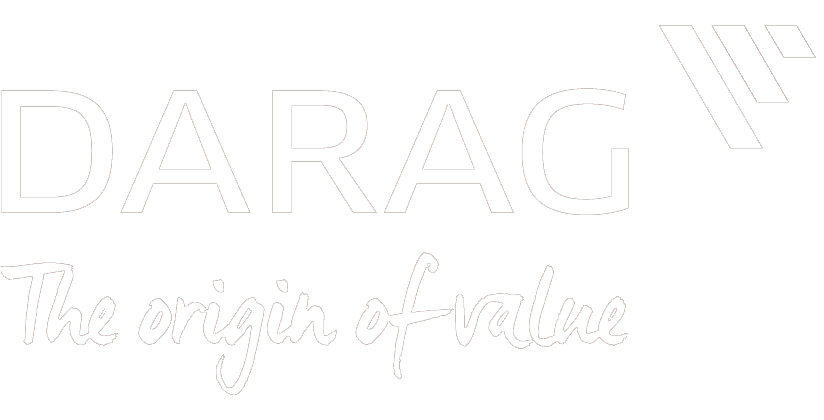Managers and staff in every forward-thinking organisation need to generate new ideas, products, services and processes if they’re to maintain their competitive edge.
This means that creativity and innovation aren’t simply nice-to-have skills – they’re essential for success at every level in every organisation. While some people seem ‘naturally’ creative, in reality innovative thinking can be developed by anyone.
This workshop provides a great introduction to the creative process for people who typically work in a more logical way. Participants have lots of opportunities to use proven techniques on their own real work problems and situations. They learn how to challenge existing thinking and generate new ideas – and how to make sure the best of them are captured and implemented.
- Understand how the brain shapes our approaches to creativity and innovation
- Have learned some creative techniques they can use to produce new and innovative ideas
- Be able to develop their work through 1% improvements and marginal gains
- Know how to help develop a culture of creativity and innovation in the organisation
- Have increased confidence in their ability to be creative
Webinar outline
Designed as a highly interactive 90-minute webinar.
1. Welcome, agenda, the brain and creativity and innovation
- Welcome to the virtual session
- How the brain works – left and right brain thinking
- Facts and research from neuroscience on how our brains ‘do’ creativity
- Freeing yourself from a totally ‘rational’ approach
- Understanding the difference between convergent and divergent thinking
- Exploration of ‘disruptors’ like Netflix, Spotify, Uber and Apple
- Agenda and objectives using ‘chat’
2. The Disney strategy
- A colleague of Disney’s used to say, ‘There were actually three different Walts: the dreamer, the realist, and the spoiler’
- Introduction to the NLP Model ‘The Disney Strategy’
- It gives logical thinkers a structured process for approaching situations in a new way
- Overview of the model and group discussion about how it could be applied in their typical work activities
- How to overcome blocks and unleash your imagination
3. Harnessing the ‘dreamer’
- Challenging the status quo gives you and your company a competitive advantage
- Using a series of whole group scenario discussions using ‘mic’, visual whiteboard activities and virtual break-out rooms, participants practise ‘suspending logic’ to try different brainstorming activities focussed around methods including post-its, random words, negative brainstorming, mind-mapping, storyboarding and blue-sky brainstorming
4. Kai-zen and aggregation of marginal gains
- Encouraging 1% improvements and innovation through marginal gains
- The concept of Kai-zen and how this can be applied in any role, anywhere in the business
- Individual reflection activities
5. Developing a culture of creativity
- Reflection on current culture and discussion of plans for bringing creativity more into the workplace, whatever their role
6. Action plans and next steps
- Participants reflect on their next steps and how they will implement their learning in the workplace
- Each person makes a commitment for what they will do differently in a group whiteboard which can be circulated to participants following the session as a reminder of their actions.




